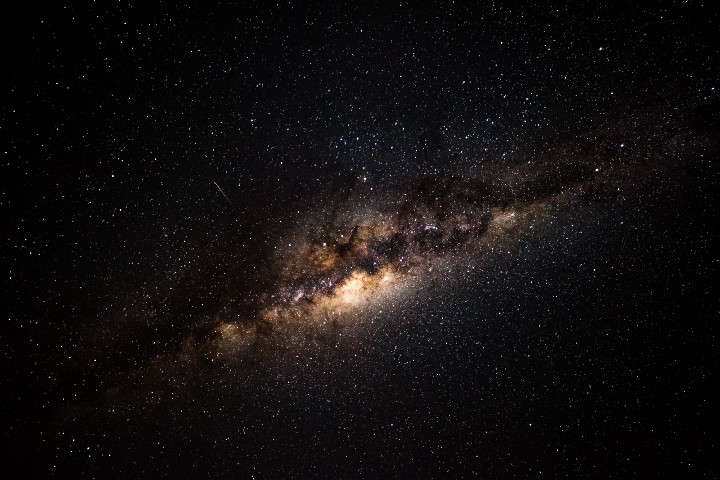
Black Hole Found At The Centre of Galaxy
Space has always been one of the most mind-boggling mysteries for humankind. From the beginning of time, humans have always been enthralled with the mysteries that space holds and the meaning that it has for us. Among the various mysteries that lie up, there is the black hole.
Scientists have suspected for years that in the centre of our galaxy lies a supermassive black hole. Now though that always remained as a suspicion, now it has been proved to be true. Using the Very Large Telescope, strong evidence has been found that a supermassive black hole is now located in the centre of the Milky Way galaxy.
New Finding

Now how are we sure that this is a black hole? During the work, the research team observed that three bright flares were orbiting around Sagittarius A-star, the name of the object. The three bright flares completed a 150-million-mile circuit in just 45 minutes. For reference, that is about 30 percent of the speed of light.
Scientists believe that such a massive object that fits within such a small object is definitely a black hole. Scientists also believe that the bright flares that are seen orbiting Sagittarius A are the result of magnetic interactions in the hot gas around the black hole. Astronomers have also been observing a star called the S2 that orbits Sagittarius A every 16 years, and now it’s been found that this object stretched the star’s light as its closest point of orbit.
Exciting Research

Reinhard Genzel, the researcher that led the study said that though this was a dream project for the whole team, never was it expected that it would be possible this soon. Another proof that the object is a black hole is the material orbiting the black hole at 30 per cent of the speed of light. This GRAVITY’s tremendous sensitivity has allowed researchers and scientists to observe the accretion processes in real time and also in unprecedented detail.
Now, what is GRAVITY? GRAVITY is an instrument that combines the light from the VLT’s four telescopes, allowing researchers to study distant objects like galactic centres, that are too faint when observed with other instruments.





